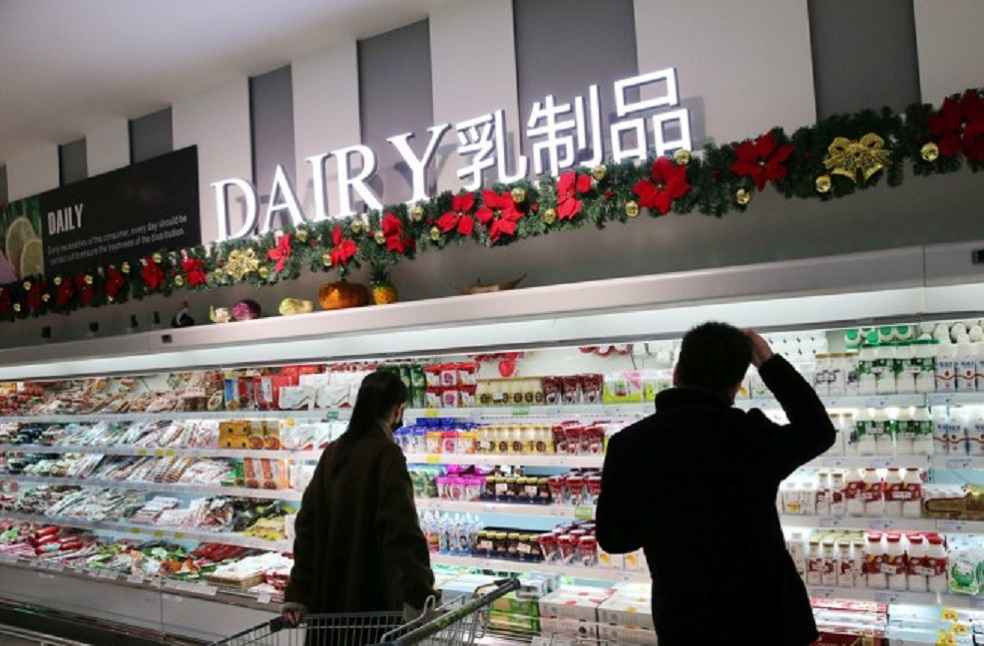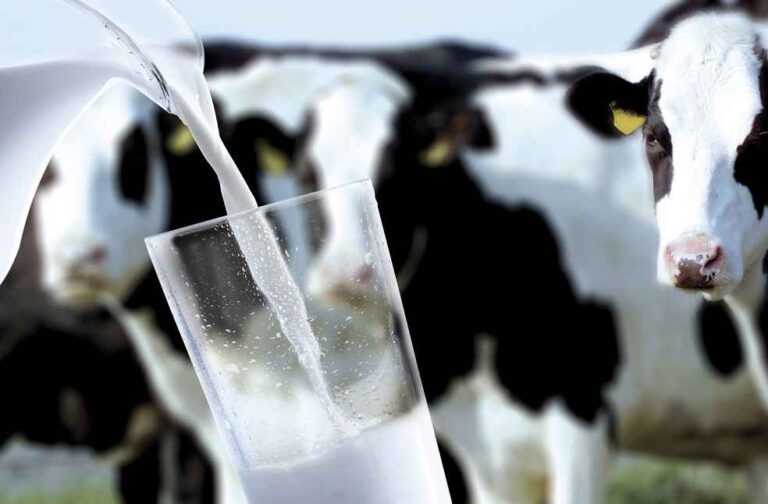China’s burgeoning self-sufficiency in dairy production has precipitated major changes across the global dairy trade landscape, according to a recent Rabobank analysis. From 2018 to 2023, China’s domestic dairy output surged by 11 million metric tons, resulting in a stark decrease in whole milk powder (WMP) imports—from an annual average of 670,000 metric tons to just 430,000 metric tons in 2023.
Mary Ledman, Global Strategist for Dairy at Rabobank, describes the global dairy sector as dominos, with China’s demand as the pivotal starting point. “If China’s demand falls, it triggers a chain reaction, causing each subsequent domino to topple. This has inevitably intensified competition among the existing dairy-exporting regions and led to lower-than-average global milk powder prices,” Ledman articulates.

New Zealand, commanding less than 3% of global cow milk production yet over 25% of the international dairy trade, must now divert nearly 150,000 metric tons of WMP to alternative markets. This redirection involves around 6% of New Zealand’s annual milk output, now aimed at diverse markets through products like WMP, skim milk powder (SMP), milkfat, and cheese.
The dip in Chinese WMP demand compelled New Zealand to revise its export tactics, substantially increasing its exports of SMP, butterfat, and cheese. This move helped mitigate a 255,000 metric ton decrease in WMP exports from 2021 to 2023. Additionally, New Zealand expanded its WMP shipments to Algeria, disrupting the traditional European suppliers and diverting significant volumes from WMP to SMP. This action boosted New Zealand’s SMP exports by nearly 40% from 2021 to 2023, exerting pressure on SMP exports from the EU and the US.

China’s escalating milk and dairy production furnishes opportunities for industries linked with animal health, genetics, nutrition, manure management, and milking and processing equipment. Although unlikely to become a net dairy exporter soon, China’s shift poses substantial challenges for key dairy-exporting regions, which now must navigate a transformed marketplace.
Ledman highlights the role of production costs and trade protectionism in shaping competitiveness. “While the cost of production will play a role in competitiveness, shorter supply chains and increased trade protectionism could potentially offset these costs,” she posits.
LOGISTIC INDUSTRY | Shipping Industry Crisis: Severe Delays Grip Asian Ports, Disrupt Global Trade



